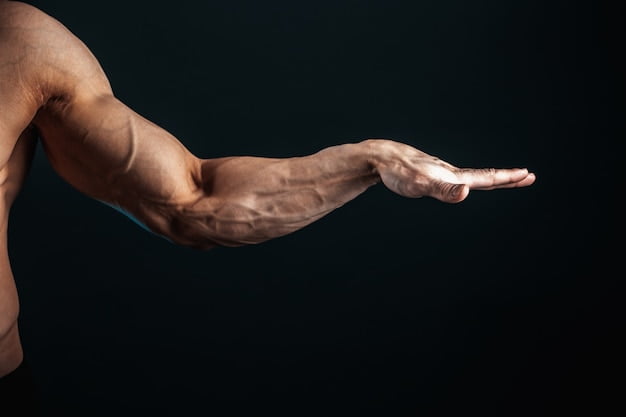

Varicose veins are a common condition that affects people of all ages and lifestyles. However, for bodybuilders, this condition can be particularly frustrating and even debilitating. Varicose veins can develop due to a variety of reasons, including age, genetics, and lifestyle factors such as obesity, pregnancy, and prolonged standing or sitting. In this article, we will explore the challenges faced by bodybuilders with varicose veins and the best ways to prevent and manage this condition.
Contents
What are varicose veins?
Varicose veins are enlarged, twisted, and swollen veins that are visible just beneath the surface of the skin. They usually develop in the legs, but can also occur in other parts of the body. Varicose veins occur when the valves in the veins that help blood flow back to the heart become weak or damaged, causing blood to pool in the veins and stretch them out. This can result in a range of symptoms, including pain, swelling, and a heavy or achy feeling in the legs.
The impact of varicose veins on bodybuilders
For bodybuilders, varicose veins can be a significant obstacle to their training and performance. The increased pressure on the veins during heavy lifting and strenuous exercise can exacerbate the symptoms of varicose veins, making it difficult to maintain optimal training intensity and recover from workouts. Moreover, the appearance of varicose veins can be a source of embarrassment for bodybuilders who take pride in their physique and work hard to maintain their muscular definition.
Preventing and managing varicose veins for bodybuilders
Fortunately, there are several steps bodybuilders can take to prevent and manage varicose veins. These include:
- Stay active: Regular exercise is essential for maintaining healthy blood flow and preventing varicose veins. Bodybuilders should focus on low-impact exercises, such as swimming, cycling, and walking, which can improve circulation without putting too much strain on the veins.
- Wear compression garments: Compression stockings and sleeves can help improve blood flow and reduce the risk of varicose veins. Bodybuilders can wear compression garments during workouts and throughout the day to support their veins and alleviate symptoms.
- Maintain a healthy weight: Excess weight can put pressure on the veins and increase the risk of varicose veins. Bodybuilders should maintain a healthy weight through a balanced diet and regular exercise to reduce this risk.
- Elevate the legs: Elevating the legs can help improve circulation and reduce swelling in the legs. Bodybuilders should try to elevate their legs after workouts and throughout the day to promote blood flow and prevent varicose veins.
- Consider medical treatments: If varicose veins are severe or causing significant discomfort, bodybuilders may need to consider medical treatments, such as sclerotherapy, laser therapy, or surgery. These treatments can help reduce the size and appearance of varicose veins and alleviate symptoms.
Conclusion
Varicose veins can be a frustrating and debilitating condition for bodybuilders. However, with the right preventive measures and treatments, bodybuilders can manage this condition and continue to train at their best. If you are a bodybuilder struggling with varicose veins, talk to your doctor or a vein specialist to develop a personalized plan that meets your needs and goals.




